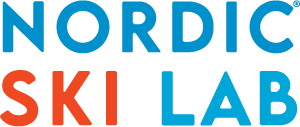A common concern for athletes is injury prevention.
Full-time training places strain on the body and high volumes of exercise, strength, and intensity can increase injury risk. Preventive measures may help.
Important Note #
If you have an injury or believe you may be at risk of developing an injury you should seek a health care provider immediately to assess your situation and establish a rehabilitation protocol.
It’s important to properly manage injuries so they do not become more serious or turn into a chronic issue that can negatively affect you in the long term.
Stretching #
Stretching is a great way to warm up before a strenuous workout and recover after a day of exercise.
Stretching involves lengthening muscle fibers to induce relaxation of the muscle body and reduce tension. Stretching is a proven method of increasing flexibility and it is a very important tool to help reduce risk of injury from training.
A common type of injury for athletes are overuse injuries, and stretching can help prevent those types of injuries by relaxing overly tight muscles, improving mobility, increasing blood flow, and maintain a healthy balance among muscle groups.
There are two types of stretching that are proven to be beneficial and are discussed below: static and dynamic stretching.
Static Stretching #
Static stretching is the act of lengthening a muscle to the point of mild discomfort and holding that stretch for a period of time. By holding a stretch, your body will slowly adapt to the stretching sensation and your muscle fibers will relax causing a lengthening of the muscle.
Static stretching is great for post-training recovery where you can be at home and engage in an afternoon/evening routine to relax your muscles and get blood flow to target areas for improved recovery after demanding workouts.
A general recommendation is to hold a stretched position targeting major muscle groups for at least 20 seconds in order to maximize the benefits of the stretch.
Dynamic Stretching #
Dynamic stretching relies on the same physiological principles as static stretching, but achieves the goal in a slightly different way.
A dynamic stretch involves moving your limb through its full range of motion where small stretching will occur as you reach the end of that range of motion. The benefits of dynamic stretching are muscle relaxation, increased blood flow, and improved joint flexibility.
Dynamic stretching is a great exercise to do as a warm up and it is especially useful before undertaking high intensity exercises like intensity or strength training. Dynamic stretching is better in a warm up routine than static stretching because it offers more muscle activation and your body moves through similar movements to what you will be doing in your exercise. It’s a great way to queue your body and help it get ready to perform.
A good example of dynamic stretching is arm swings. By cycling your arms you target your arm and shoulder muscles which promotes light stretching and increased blood flow so you will be more prepared to perform intensity, double poling, pull-ups, etc.
Foam Rolling #
Foam rolling is a good recovery tool that is effective at targeting specific muscle groups or problem areas. Foam rolling doesn’t always have to be used with a foam roller. You can use a baseball, tennis ball or golf ball to roll tight muscles.
Rolling can help relax tight muscles and offer relief to tight problem areas that cause mild discomfort or pain.
Sometimes very tight and sore tendons can be due to the muscle they’re attached to being too tight. Rolling can target the specific muscle and offer some relief.
Common areas to roll are feet arches, hips, thighs, shoulders, chest and back.
Nutrition #
What you eat and drink has a huge impact on how you feel and perform on a daily basis. It’s important to be mindful of what you put into your body, and being proactive about your exercise nutrition will better fuel you during workouts and improve recovery.
Exercise Fueling #
Your body burns a lot of energy when exercising, and you lose a lot of water, salt, carbs, fat and protein every time you go training.
A good habit to get into every time you workout is to have water and some kind of energy bar as a minimum at making sure you are properly replenishing lost fluids and calories while exercising. Even better would be to have an electrolyte mix that contains a wide range of minerals that your body loses through sweat.
Replenishing electrolytes can help maintain a good level of muscle contraction and coordination, maintain good focus, and make you feel more energetic. This would be especially important on a hot day where there is a large loss of electrolytes from sweat.
Solid foods are good to have too. Energy bars offer solid food for the body to use to help fuel your workout. These are helpful for longer workouts where energy levels start to drop and lethargy/fatigue begin to kick in. Bars will help you keep energy levels high which will help you perform better during your workout.
After-Exercise Fueling #
When you are finished your workout, nutrition is important to help you recover optimally so you are ready to exercise near full capacity during your next workout.
It’s important to make sure you have rehydrated and have replenished lost calories from your workout, but more specifically it’s important to intake protein to help rebuild muscle.
After a strength or intensity session, it’s a good idea to consume a protein shake or high protein energy bar. Intensity and strength training place high strain on your body which results in a high degree of muscle breakdown, and a protein supplement will assist with recovery so your body can perform well during your next workout.
A general rule is to intake 1-2g of protein for every kilogram of body weight to optimize protein recovery.


